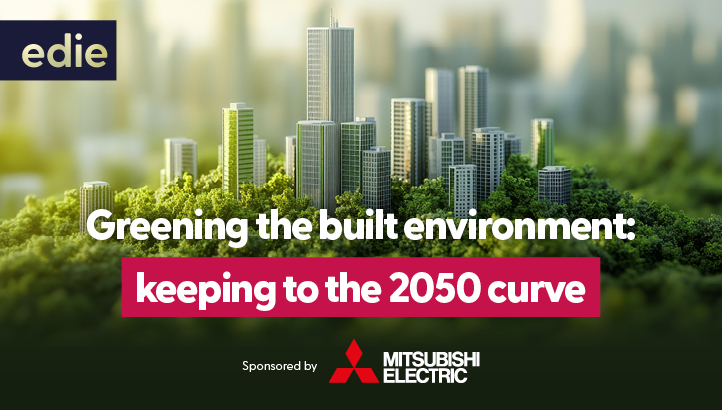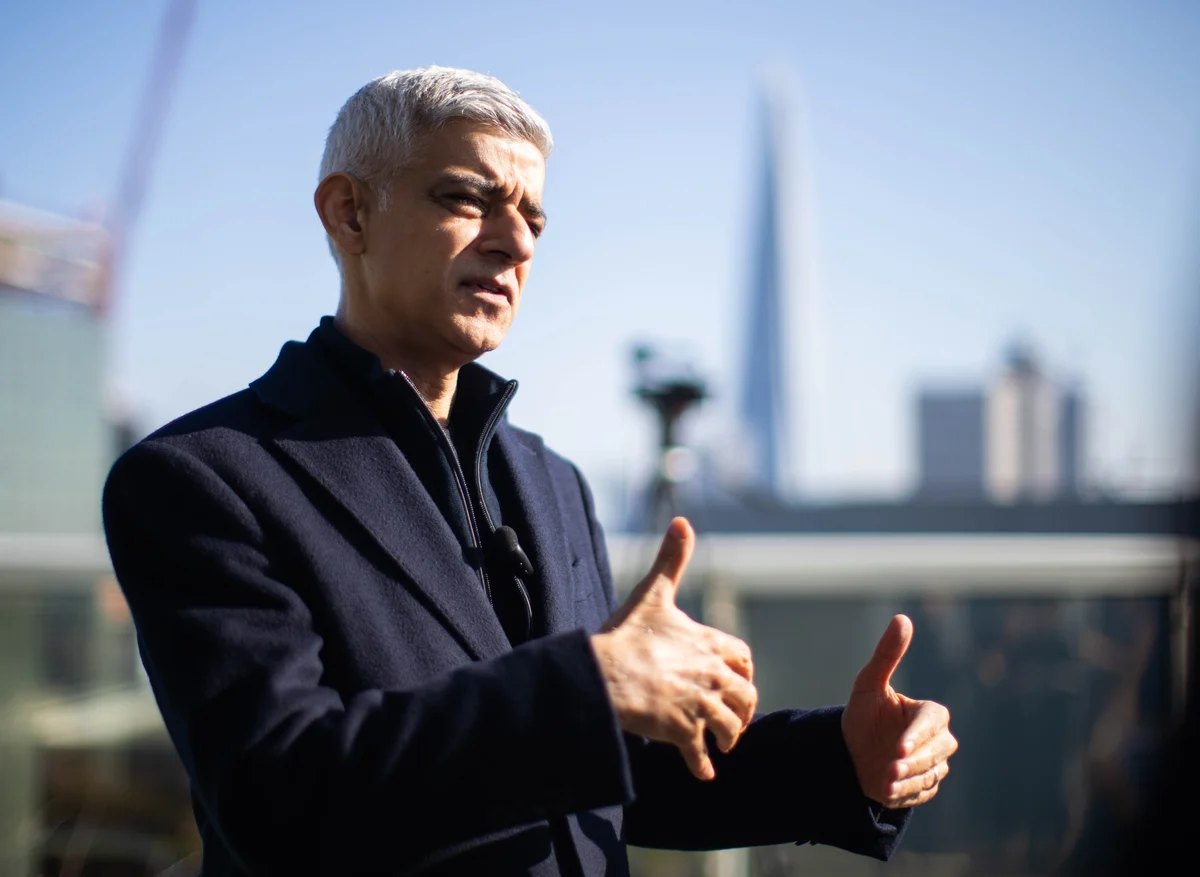By Joshua Neil
Copyright edie

As the UK’s 2050 targets near, businesses must increasingly think about their own role in meeting sustainable goals, deploying new emission-reducing technologies and ultimately greening their buildings and built environment. In this new report, sponsored by Mitsubishi Electric, edie examines the current state of sustainability within the built environment, and what businesses can do within their built environment to reach their ESG goals.
Climate change is one of the greatest crises the world currently faces. As carbon emissions from transport, buildings and businesses continue to fill the atmosphere, the temperature of the Earth is increasing: and every country, business and individual has a part to play in meeting the target of limiting global warming to 1.5 degree Celsius by 2050.
The carbon emissions fuelling global warming come from a vast array of sources, but one of the most significant is the built environment. Each day, the built environment increases globally by an area equivalent to the size of Paris; in the UK, the built environment alone is responsible for 25% of the country’s emissions – and up to 40% when taking construction materials and operations into consideration.
Yet despite high-level targets, current policy measures and industry efforts are falling short. Recent analyses reveal a “significant lack of progress and policy gaps” in the built environment’s net-zero pathway. As a clear example, there remains no national UK policy or regulation to reduce embodied carbon emissions. More must be done to reach the 2050 curve – and business may have to be the one to achieve it.
This report examines the current legislative situation in the UK, the targets that UK businesses must meet and where policy has not extended far enough. It will also look at a roadmap for corporate sustainability professionals – especially those in sectors tied to buildings or construction – to drive more aggressive action.



